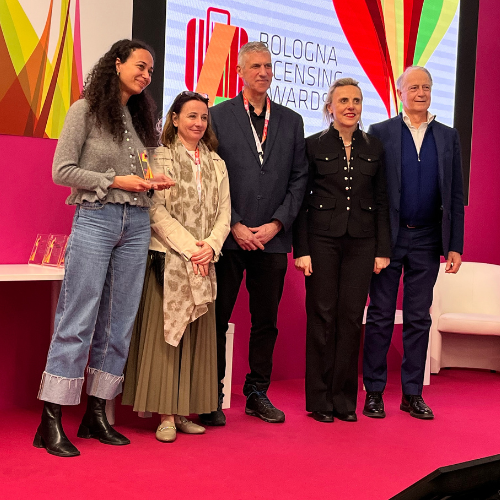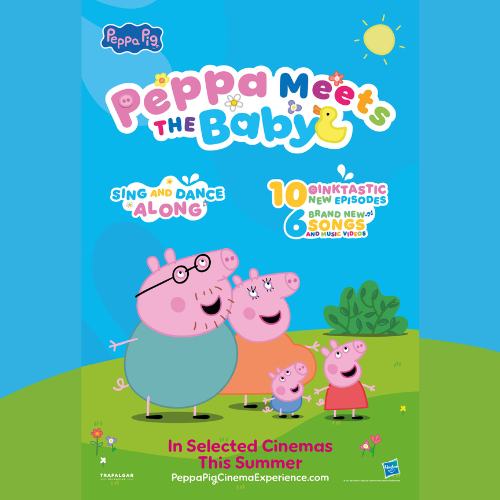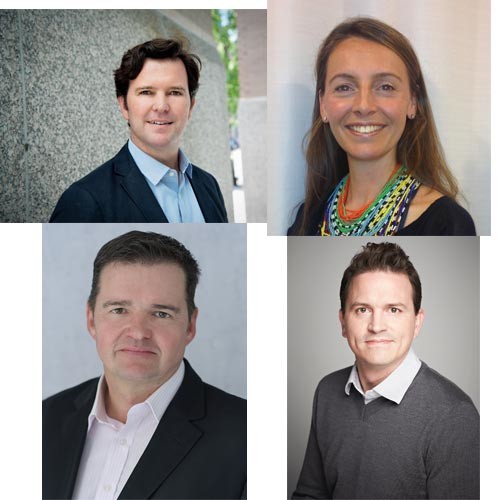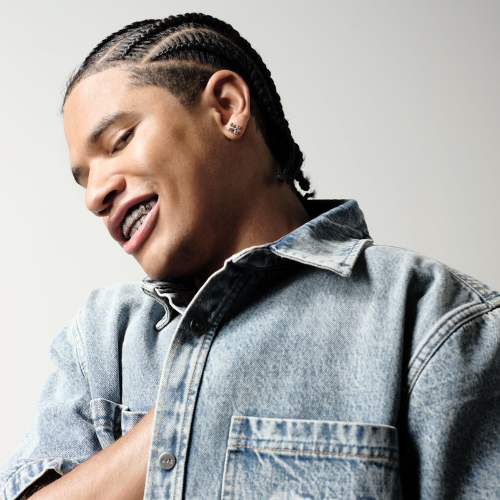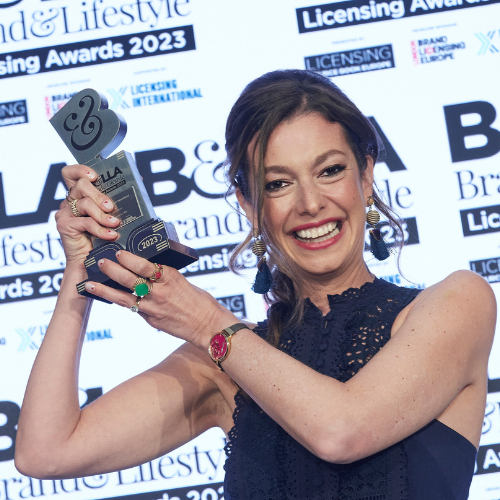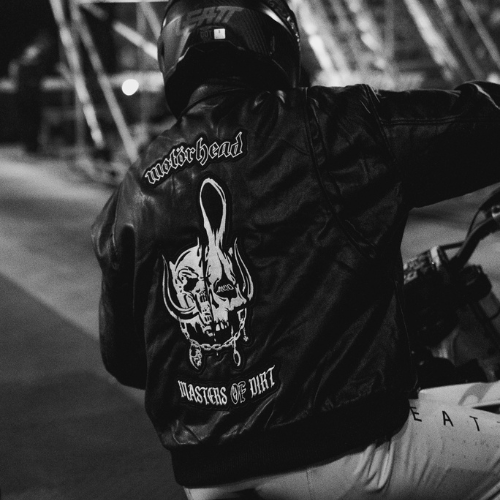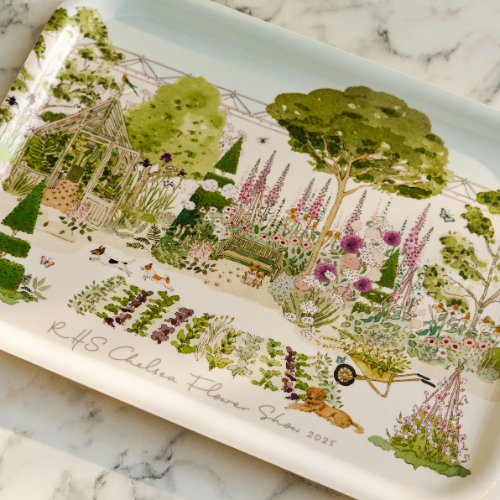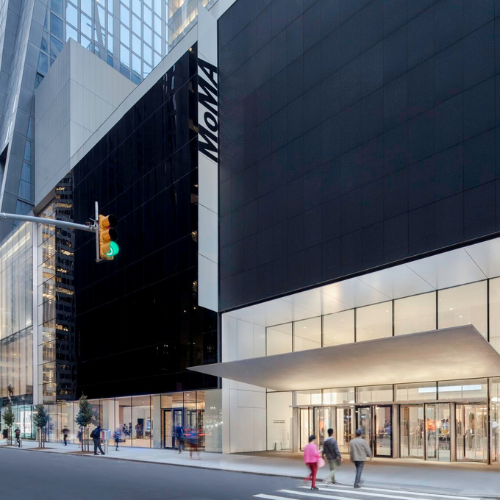Elizabeth Eaves, senior sustainability engineer at Mattel EMEA, delivered a powerful presentation at the Sustainability in Licensing Conference on Tuesday 18 October, sharing some of the lessons the global toy giant has learnt on its journey towards a more eco-friendly business model.
Speaking at the Conference’s in-person debut event at the Royal Geographical Society in London, Elizabeth set out Mattel’s sustainability progress so far, including the latest from its toy recycling PlayBack initiative, the Barbie Loves the Ocean range of dolls made from 90% recycled plastic, and Matchbox’s Driving Toward a Better Future campaign, which won a Gold Award in the Sustainability category at the recent Toy Industries of Europe Play for Change Awards in Brussels.
“The environmental and social impact that we have as a company is very important to us,” Elizabeth stressed. “In 2021 we managed to reduce our absolute scope 1 and 2 emissions by 8%, and we made almost 5 million dollars in toy donations to charitable organisations.” And the company has more ambitious goals for the years to come. By 2030 it aims to achieve 100% recycled, recyclable or bio-based plastic materials in all products and packaging; maintain 90% recycled or Forest Stewardship Council (FSC)-certified content in the paper and wood fibre used in its packaging, and reduce plastic used in its packaging by 25% per product by 2030 [versus its 2020 baseline].
The three years since the 2030 goals were announced have been a “voyage of discovery” for Mattel, and Elizabeth was keen to share some of the things the company has learnt along the way, in the hope of inspiring other companies and helping to accelerate change across the industry. Progress, however, should never come at the expense of safety.
“Using recycled materials in toys is one area that presents unique challenges. Toys, for very good reason, are held to extremely high safety standards, and recycled materials are a little bit of an unknown in this, as what goes in to the recycling process is different every time a new batch of material is made,” said Elizabeth. “This is where things like supply chain transparency come into importance. We are now reaching back into our materials supply chain and working with the suppliers of our sustainable materials to make sure the processes and the checks that they have in place are sufficient to ensure that the risk of contamination is as low as it can possibly be.”
While initiating new methods and processes can be expensive, it’s more than worth it in the long-term, according to Elizabeth.
“New ways of doing things do require investment. But this shouldn’t be a scary thing, because these investments pay themselves back over time. For example, if you reduce the amount of material you use in your packaging, you’re buying less material, so you’re saving money.”
It also pays to stay ahead of legislation. “There is a huge amount of environmental legislation being introduced very quickly at regional, national and local level,” said Elizabeth. “We have thought outside the box and trained our product designers and engineers to always think with the circular economy principles in mind when they’re innovating and creating new play experiences: reduce, reuse, replace and recover.”
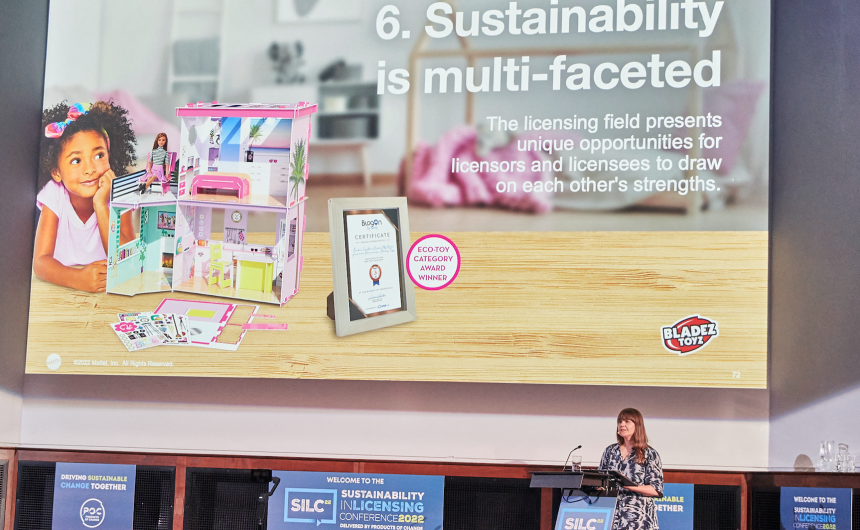
The change of mindset towards circular thinking takes some time to “bed in”, and Mattel’s mantra for its work on sustainability has become “progress not perfection”. One area that illustrates this is Mattel’s Toy Takeback scheme, Playback, which launched in 2021. “This is uncharted territory for us,” said Elizabeth. “During the first year we focused on the collection mechanism – how much we were we going to receive back from customers, what we were going to receive, how much was genuinely broken, and how much could be put back into the play cycle and have another life.
“We’re now moving forwards in year 2 to R&D projects, looking at the materials that we have in these broken toys, and how we can recycle and recover it to be used in new products. Playback at its heart is really about learning, not just for the children who are playing with the toys and learning and developing, but also for the adults who are trying out a new way of decluttering their cupboards, and especially for Mattel as a company.”
Licensing, Elizabeth stressed, is “an area that has so much untapped potential. It really presents unique opportunities for licensees and licensors to work together and draw on each other’s strengths to make more progress, faster.” To illustrate her point she referenced the collaboration between Barbie and Bladez Toyz, which reimagined the iconic Dreamhouse in paper. “It’s more sustainable, but it also comes at a lower price point, so it’s more inclusive.”
For companies daunted by the challenges around sustainability, Elizabeth was keen to point out that “you don’t have to do everything at once to drive change”. Matchbox, for example, “is taking the longer, more scenic route, which is just as impactful.” Its Action Drivers Play-set contained 20% of sustainable materials in 2021, increasing to 40% in 2022, and Mattel aims to maintain that progress year on year until 100% is reached.
“If there’s ever a point where a sustainability project seems too difficult, too resource-intensive or too exhausting, then this is what you should remember. We’re all doing this for tomorrow, to give our children, and our children’s children, a better world in which they can reach their full potential on a thriving planet.”
Want to read more news like this? Simply sign up to our daily digest by clicking here. You can also follow @LicensingSource on Twitter and @licensing_source on Instagram.












